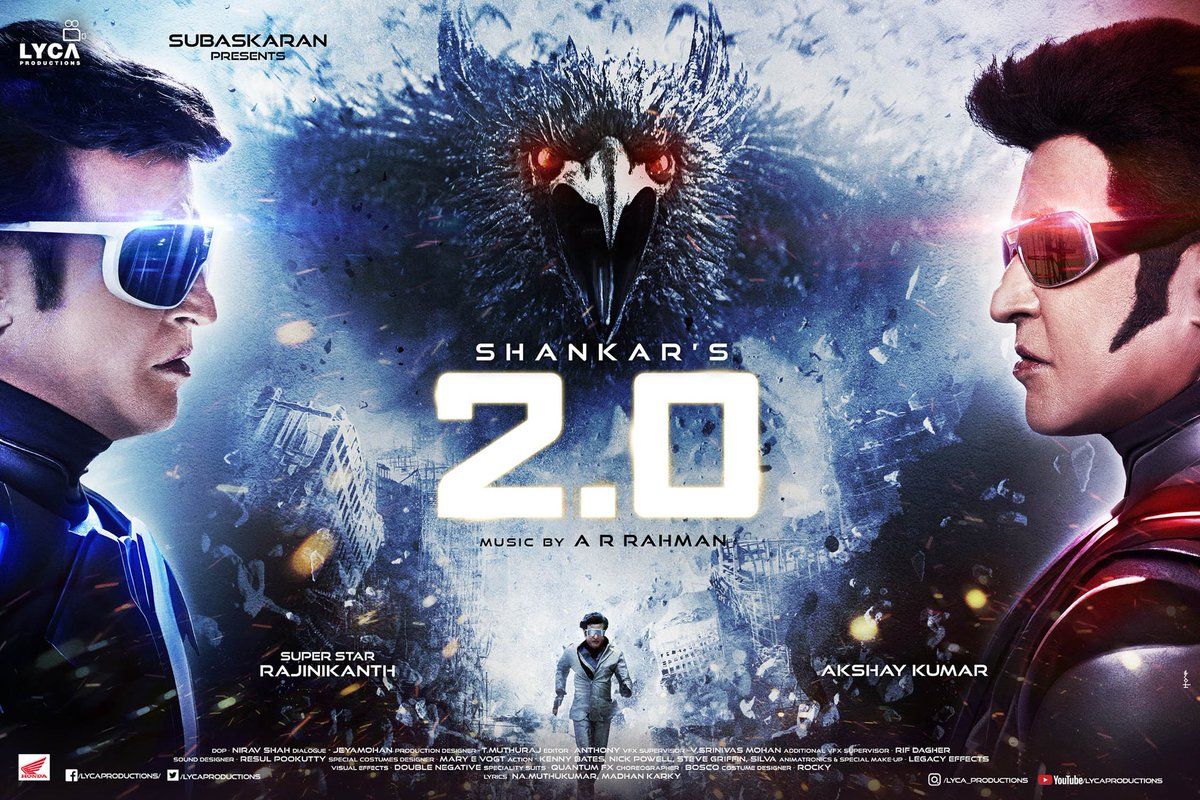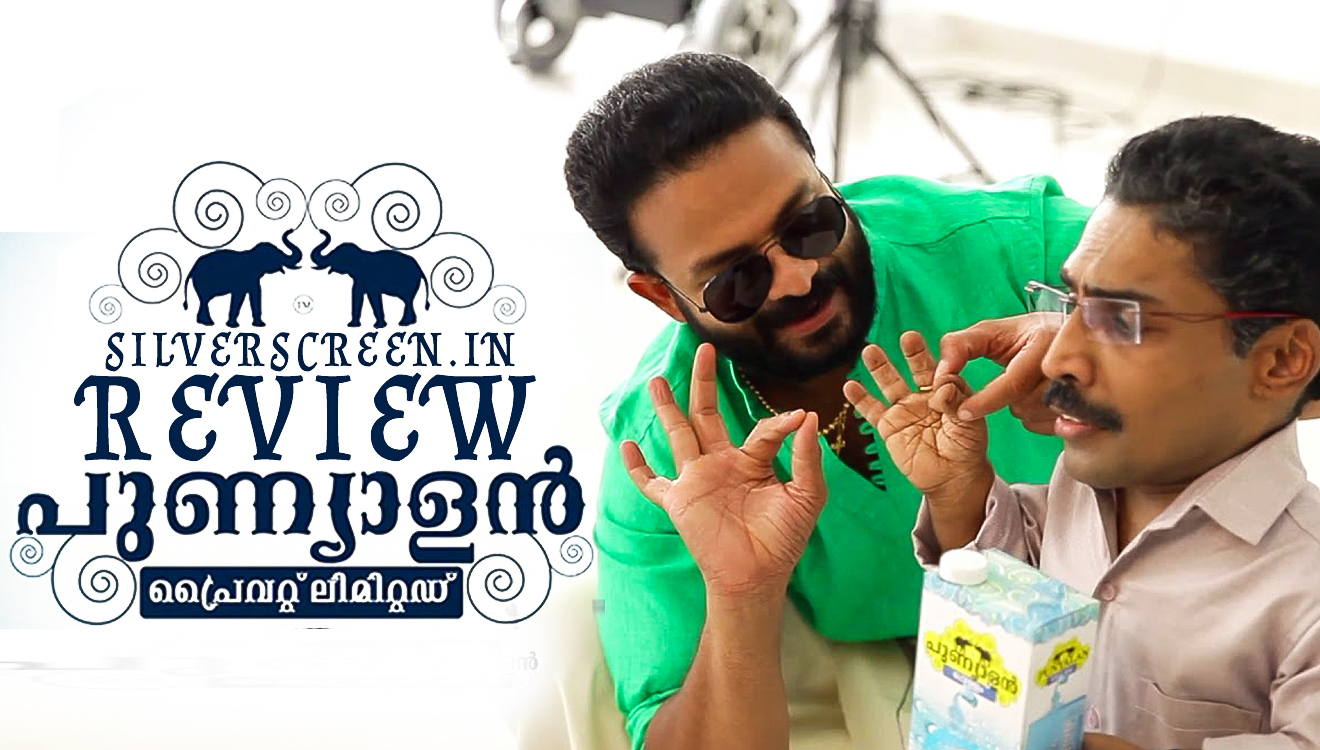In the oeuvre of master filmmaker Aravindan, Kummatty (1979) is an unlikely film. It belongs to children, and to those who have an eye to see things the way only children do. It is proudly naive and dares to possess a good heart. It is imaginative, deep and complex in its own right. To Aravindan, who has directed fine dramas like Vasthuhara and Chidambaram, Kummatty was a work he held close to heart. The film won a National Award for Best Children’s Film in 1979.

kummatty-3.jpg.image.784.410
In Aravindan’s film, it (played by veteran performance artiste Ramunni) is an intrinsic part of nature; a human form that appears out of the hills, forests and paddy fields, and dissolves into the same. To quote Aravindan, “Kummatty arrives like the seasons. He represents spring. He comes during spring, when the rain is over and the plants are green and in bloom.” This bogeyman has a kind and calm demeanor. He adores children with whom he sings and dances. Although Kummatty was founded on myths and folklore, Aravindan had shot the film like a piece of non-fiction. He treated magic and superstition like a matter of fact.
The film opens to a visual of serene landscape at dawn, and a folk song in a rustic voice that ushers the audience into it. You don’t see the singer; it flows on to the screen from an invisible source. It is followed by the sound of birds chirping and cows mooing. This state of harmonious co-existence of man and nature is the core of Kummatty. The camera follows the kids in the village during their journey to and from the local government school, and the playground where they celebrate their freedom from parental supervision and school every evening. There is an elderly woman in the village whom the kids love to tease a lot. She murmurs to herself that she would ask Kummatty, the bogeyman to teach the reckless kids a lesson. Amused, the kids dance in unison and sing, ‘Muthassi Kadhayile Kummatti’, and with that day’s sunset, a wayfarer arrives in the village, ringing bells and singing aloud an unfamiliar song. Like a pied piper, he draws the kids, who surround him and watch him awestruck.
The world that Aravindan tries to open up for the children is vast. At one instance, you see the kids curiously listening to their teacher who is explaining the wonders of science; of atoms and many million micro organisms that inhabit the earth. The following scene has the kids running towards the Kummatty who is dancing on one end of their school playground. You hear the kids telling each other that the man is a wizard who can fly high like an eagle and swim like a fish. These moments can warm your heart. You know that those kids would grow up soon, and master the lessons of adulthood where magic and Kummatty don’t exist.
In Kummatty, children aren’t pitted against the adults. Their little gleeful world doesn’t come under attack from outside forces. It is one of those rare films that look deeper into the psyche of children – how they perceive human virtues, nature and life.
Recommended
The film features several songs, composed and rendered raw, without a tint of polish. The dance of Kummatty and kids aren’t choreographed. They dance away happily, and the camera watches them from a distance, careful not to intrude. The most important segment in the film, where the Kummatty playfully turns the kids into animals, happens with ‘Odiyodikkali Aanandakkuttikalo’ in the background. Singing aloud, Kummatty swirls his wand, casts a spell, and the children turn into a dog, deer, peacock, goat and donkey. Unfortunately, one of the kids, Chintan, who becomes a dog, gets chased away from the group by another dog. Meanwhile, Kummatty breaks the spell and restores the rest of the children to their original form, and leaves the village.
The nearest cinematic figure to Kummatty might be Totoro, the friendly giant who lives in the Japanese woods. My Neighbour Totoro, directed by Hayao Miyazaki, the founder of Studio Ghibli, was about two little sisters in a picturesque Japanese village befriending a friendly giant that lives in the forest. Both the films bear in its core, a deep compassion for the world and a childlike curiosity. No wonder Kummatty was well received when it was screened in Japan, at South Asian Film festival. One of the most renowned film critics in Japan, Tadao Sato, who was the president of the Japanese Institute of the Moving Image, was famously in awe of the beauty of Kummatty.
One of the best parts of Kummatty is the modestly worded and melodious ‘Karukara Kaarmukil’, written by Kavalam,that creates a beautiful imagery of a rainy evening.
Karu Kara Karmukil Kombananappuratheri Ezhunnallum Moorthe
[The Lord Who Comes Riding On A Black Majestic Elephant]
A D V E R T I S E M E N T
This line is followed by a rhythmic Dhimi Dhimi Thatham Thei Thei – the pitter patter sound of the rain – and a plea to the lord of monsoon to bless the Earth with a torrential downpour. In the film, you hear this song sung by Kummatty, and later, by the kids, as a chorus. In early 2000s, the popular Avial band gave a makeover to ‘Karu Kara’, and its fame grew beyond the state. Yet, Avial couldn’t replicate the delicate charm that Kummatty, in Kavalam’s voice, had lent the song.
*****



